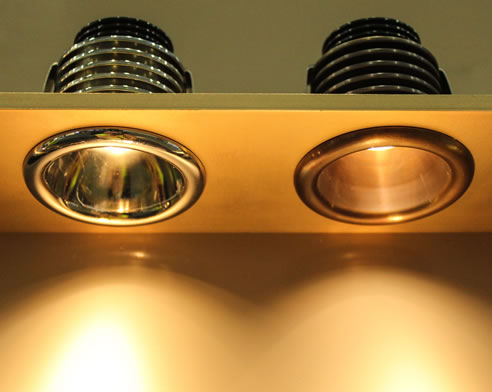
Carbamazepine therapy had more early terminators (prior to 52 weeks) than either gabapentin ( P = .008) or lamotrigine ( P < .001) therapy. Rowan et al 5 randomized 593 adults older than 60 years to lamotrigine (150 mg/d), gabapentin (1500 mg/d), or carbamazepine (600 mg/d) monotherapy, allowing dose adjustments. They reported significantly better retention with lamotrigine (71% of patients at a median dose of 100 mg/d) compared with carbamazepine (42% at a median dose of 400 mg/d) treatment, and fewer patients dropped out because of adverse events with lamotrigine (18%) than carbamazepine (42%). Brodie et al 4 randomized 150 adults older than 65 years to lamotrigine or carbamazepine treatment for 24 weeks. To our knowledge, the only previous randomized controlled trials comparing effectiveness of AEDs in older adults have included 2 or 3 AEDs: lamotrigine, gabapentin, and carbamazepine. Retention can be quantified as the percentage of patients who started taking a drug who remain taking it after a given period and is considered to be a composite measure of efficacy and tolerability. Effectiveness of a drug combines both efficacy (seizure control) and tolerability and can be measured by retention (time remaining on the drug). Some newer antiepileptic drugs (AEDs) claim more favorable adverse effect profiles and minimal pharmacokinetic interactions, which may offer improved AED “effectiveness” in the older age group. Any or all of these factors may result in an increased likelihood of adverse events. The management of epilepsy in the older age group can be complicated by many factors, including concurrent medical illnesses, drug interactions, changes in pharmacokinetics, and altered central nervous system pharmacodynamics. Seizures occur in an age-dependent, bimodal pattern, 1 - 3 with an initial peak in incidence during the first year of life and then a sustained rise in incidence beginning around the age of 60 years 2 that surpasses incidence at all other ages. Oxcarbazepine was consistently less effective than most other AEDs. Imbalance, drowsiness, and gastrointestinal symptoms were the most common intolerable adverse effects.Ĭonclusion In this study of older adults with epilepsy, lamotrigine was the most effective AED as measured by 12-month retention and seizure freedom, with levetiracetam a close second. When stratified into patients with nonrefractory and refractory disease, relative rates of seizure freedom and retention remained comparable with the overall group. Lamotrigine had the highest 12-month seizure-freedom rate (54%), followed by levetiracetam (43%).

Oxcarbazepine had the lowest retention rate, significantly lower than all other AEDs. The retention rate for levetiracetam (73%) was second highest and significantly higher than carbamazepine and oxcarbazepine. Without controlling for severity, lamotrigine had the highest 12-month retention rate (79%), significantly higher than carbamazepine (48%), gabapentin (59%), oxcarbazepine (24%), phenytoin (59%), and topiramate (56%). There were no significant non-AED predictors of retention. Results The 10 AEDs newly taken by 10 or more patients were analyzed. Retention and seizure-freedom rates were analyzed by pairwise comparisons using χ 2 for the overall group and patients with refractory and nonrefractory disease as well as patients newly taking their first AED. We also measured efficacy (12-month seizure freedom) and adverse effects leading to dose change. Main Outcome Measure The percentage of patients who remained taking the AED for 12 or more months (12-month “retention”). Patients Four hundred seventeen outpatients 55 years and older newly taking any of the 10 most commonly prescribed AEDs between 20. Setting Columbia Comprehensive Epilepsy Center, New York, New York. Objective To compare the effectiveness of antiepileptic drugs (AEDs) for use in older adults with epilepsy.

Challenges in Clinical Electrocardiography.


 0 kommentar(er)
0 kommentar(er)
